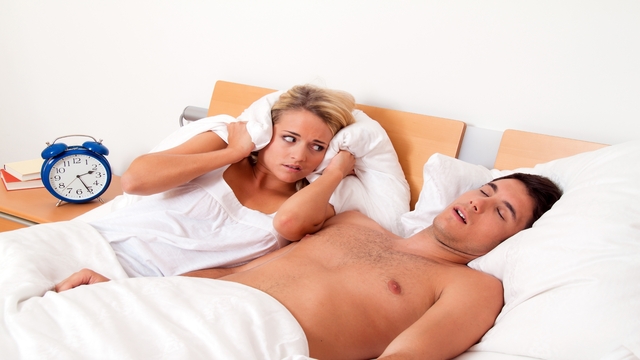 Erwin Wodicka/PhotoSpin
Erwin Wodicka/PhotoSpin
Everyone probably knows someone who snores. Everyone at some point or another has wondered if they snore, or can remember a time when they’ve been elbowed or have elbowed someone who was snoring.
“It’s estimated that approximately 30% to 50% of the US population snore at one time or another ...” (AAOMS.org) while “[o]ne in five adults has at least mild sleep apnea and one in 15 adults has at least moderate sleep apnea. OSA [obstructive sleep apnea] also affects 1% to 3% of children."
Snorers are the brunt of teasing and jokes, but in many cases snoring is something that needs to be treated.
Snoring versus Sleep Apnea
Just because a person snores, doesn’t mean they have sleep apnea. But everyone who has sleep apnea snores.
Snoring happens when air is prevented from moving freely through your nose and mouth during sleep because of a narrowing of the airway, “either from poor sleep posture or abnormalities of the soft tissues in your throat” (Helpguide.org).
Sleep apnea is when a person stops breathing while snoring. “Sleep apnea is generally defined as the presence of more than 30 apneas during a seven hour sleep. In severe cases, periods of not breathing may last for as long as 60 to 90 seconds and may recur up to 500 times a night” (AAOMS).
Both snoring and sleep apnea can affect the quality of sleep for the snorer and their family, which can affect memory and work or school performance among other things, it is in the snorer’s best interest to use an anti-snoring device to restore the quiet in their house.
Types of Snoring Devices or Remedies
The type of anti-snoring device or remedy your family doctor or dentist might suggest all depends on what is actually causing the snoring. The goal of treatment is to keep the airway open or unobstructed so that air can flow properly through the mouth and nose.
“Overall, those with mild to severe OSA [obstructive sleep apnea] have a 52% chance of being able to control their sleep apnea using an appliance. OAs [oral appliances] are on the whole less effective than CPAP but may be better accepted by patients ...” (Sleep Journal).
Snoring devices vary from extremely simple nasal strips to breathing machines. Below is a general description of these stop snoring remedies.
Nasal strips – These are applied to the outside of the nose to help prevent the nostrils/nasal passages from collapsing or alleviate nasal congestion that can keep air from flowing through the nose.
Chin-up strips – These strips are applied to the chin to prevent the mouth for falling open during sleep, and may be suggested for those snorers who only snore when their mouths are open.
Mandibular Advancers – These anti-snoring devices hold the upper and lower teeth together. “The rationale behind these appliances is that ... moving the mandible forward also pulls the tongue forward, thereby moving the backside of the tongue away from the posterior [back] wall of the throat ... and ... also pulls the soft palate forward, separating it from the back of the throat.” (California Dental Association)
These devices can be “boil and bite” types from a store, or lab-fabricated done through your dentist’s office. They can be one-piece or two-piece appliances.
Tongue Advancers – “The rationale for these appliances is similar to the mandibular advancers in that the tongue and soft palate are advanced away from the back wall of the throat. These tongue advancers can be used when the jaw joints do not tolerate stretching or when there are insufficient teeth to support a mandibular advancer. These devices tend to take longer to become accustomed to than mandibular advancers.” (California Dental Association)
C-PAP – C-PAP stands for “continuous positive airway pressure”. “Through a specially fitted mask that fits over the patient’s nose, the C-PAP’s constant, prescribed flow of pressured air prevents the airway or throat from collapsing.” (American Association of Oral and Maxillofacial Surgeons)
Bi-PAP – A Bi-PAP machine is similar to the C-PAP machine, but blows air at two (bi) different pressures.
It is important to note that these anti-snoring devices only treat the symptoms and work to keep your airway open and unobstructed. Unless the underlying cause is addressed, sleeping without these appliances could mean the return of snoring and interrupted sleep.
To find out which stop snoring device or remedy might work best or is indicated in your case talk to your family doctor or dentist.
Sources:
Snoring and Sleep Apnea. American Association of Oral and Maxillofacial Surgeons. Web. Oct 6, 2011.
http://www.aaoms.org/sleep_apnea.php
How to Stop Snoring – Cures, Remedies, and Tips for You and Your Partner, by: Jeanne Segal, Ph.D., Lawrence Robinson and Robert Segal, M.A.. Helpguide.org. Web. Oct 6, 2011.
http://www.helpguide.org/life/snoring.htm
Identify the Cause of Your Snoring. The British Snoring and Sleep Apnoea Association. Web. Oct 6, 2011.
http://www.britishsnoring.co.uk
Oral Appliances for Snoring and Obstructive Sleep Apnea: A Review. By: Kathleen A Ferguson, MD; Rosalind Cartright, PhD, Robert Rogers, DMD, Wofgang Schmidt-Nowara, MD. Sleep Journal. Vol. 29, No. 2, 2006. Web. Oct 6, 2011. http://www.aasmnet.org/resources/practiceparameters/review_oralapplianceosa.pdf
Comparisons of Oral Devices for Snoring. By: James E. Eckhart, DDS. Journal of the California Dental Association Aug 1998. Web. Oct 6, 2011. http://www.cda.org/library/cda_member/pubs/journal/jour898/devices.html
Reviewed October 6, 2011
by Michele Blacksberg RN
Edited by Jody Smith
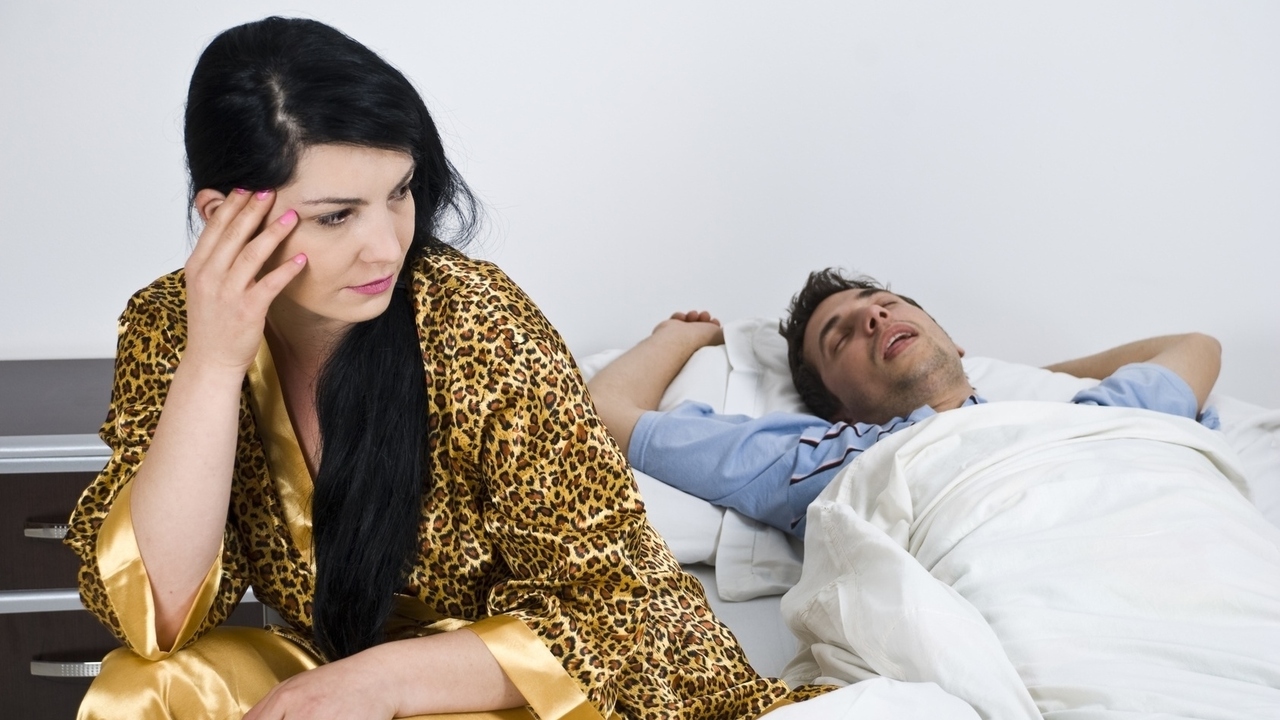
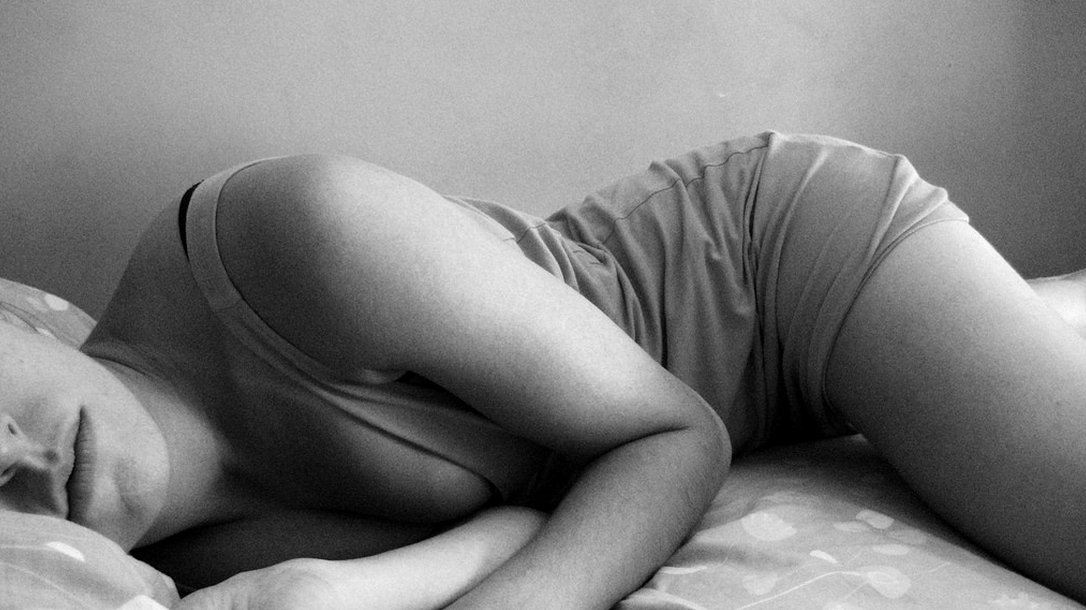
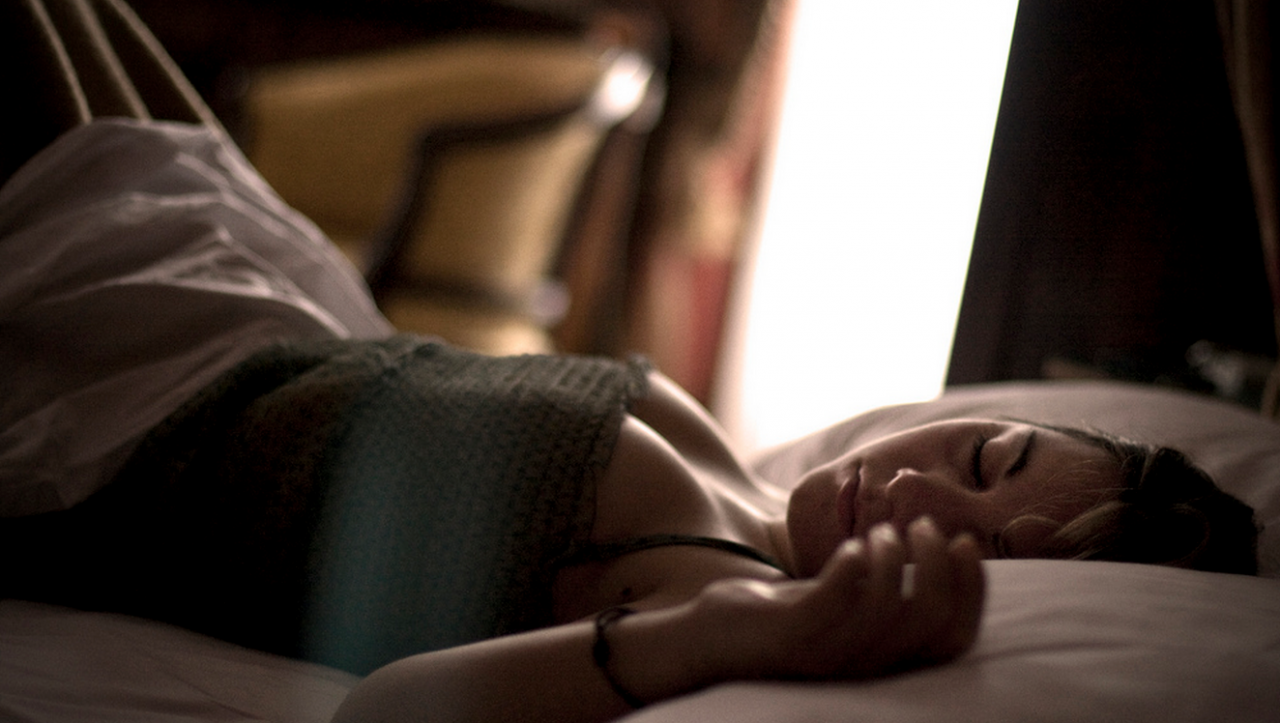

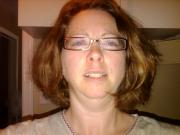

Add a Comment3 Comments
The Simple Science behind Snoring & Sleep apnea.
September 29, 2013 - 3:56pm-This problems arise when breathing through the nose start to be difficult,
due to weaken muscles in face and nostrils. (Check to find out of NasiVent will work for you or not.) Pull the skin of you cheeks back-wards to feel the difference in breathing.
-When breathing through the nose (upper airway) starts to be more difficult we will breathe through the mouth. (Mouth-breathing is a major health problem). When laying on the back, (Mouth open) the tongue descent and blocks the trachea. (Snoring, and Sleep Apnea occur) This problem is the cause in 85% of all snoring and Sleep apnea problems. 15% is caused due to polyps, overweight, alcohol, medicines etc. Using a nose dilator keeps the nose open for natural breathing. The new NasiVent Plus, is the most comfortable nose dilator helping you breathing the healthy way.
Still not confident? You can always try the NasiVent, as it comes with a full money back warranty. Caution: Most mouthpieces let you breathe through the mouth. The correct way of breathing is through the nose and not the mouth.
Mouth Breathing Can Cause Major Health Problems. http://www.medicalnewstoday.com/releases/184696.php
you find nasivent on Amazon.com
This Comment
They are called cpap machines, and yes I use one and it works. Check out cpap-supply.com as they have tons of them to choose from.
May 10, 2012 - 1:47pmThis Comment
Thank you for your suggestion.
October 21, 2011 - 12:29pmThis Comment